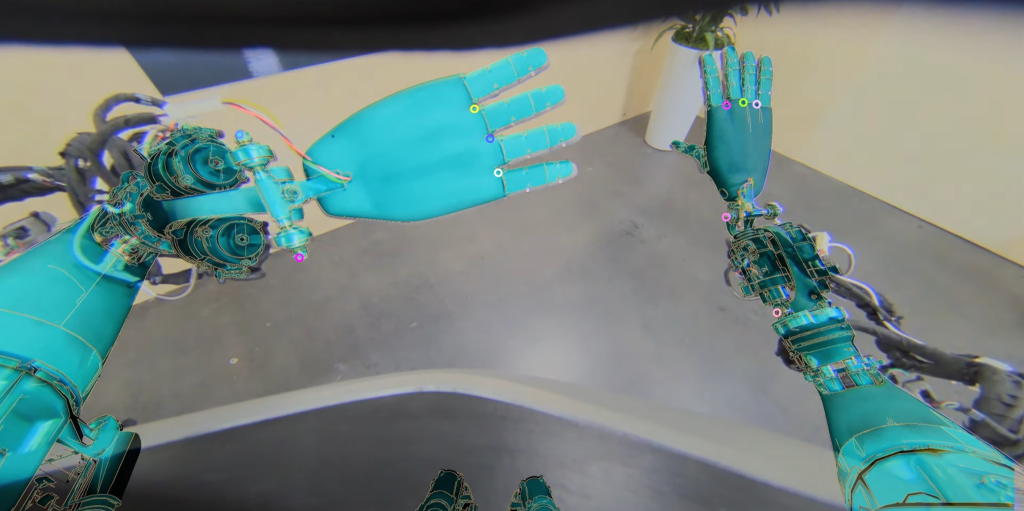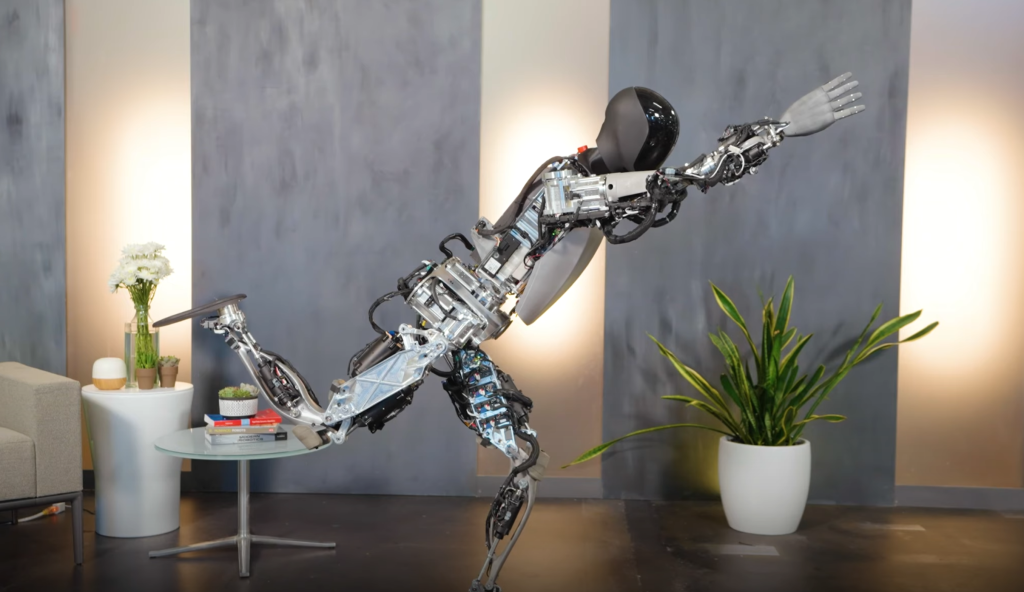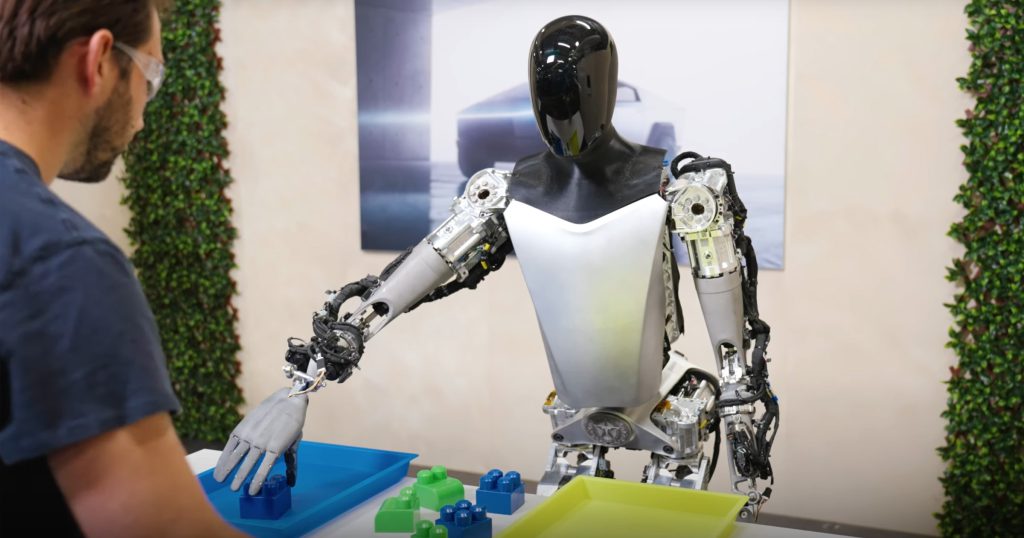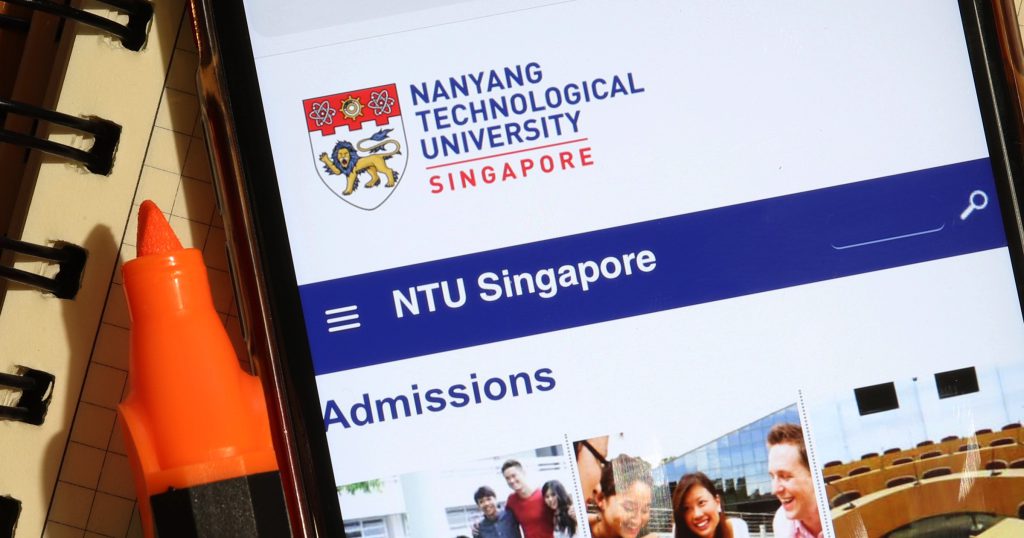Disclaimer: Any opinions expressed below belong solely to the author.
Tesla has just dropped another teaser video of its side project, Optimus (otherwise known simply as Tesla Bot), in which the company shows off its latest capabilities, even in fairly simple tasks.
The humanoid robot is now capable of completing set tasks without external input. It recognises its own limbs using sensors in its body, coupled with vision provided by built-in cameras — its eyes — to precisely move hands in an eerily human-like fashion.
This is part of its independent self-calibration which, in the video, it completes before moving onto the task.
As humans, we don’t even record doing this; but in fact, we are doing something very similar all the time — scanning the world around us, judging distances from objects, people, buildings, vehicles et cetera, adjusting our behaviour and motion accordingly.
This might seem very basic, but it surely is a fundamental step in the development of autonomous robots (even if it’s a small one at this point).

I encourage you to watch the entire video posted on YouTube just hours ago. Ignore the fancy poses and focus on minute movements of the hands, which surely are the best in the industry so far:
Ghost in the shell?
Beyond merely recognising itself and the objects around it — in this case, coloured blocks that it was tasked with sorting, much like a young child often does — it can adapt to changing circumstances, such as when a human moves items around, or correct its own mistakes, like when one of the blocks falls on its side.
This is the robot’s end-to-end neural network at work, taking input from the eyes and limbs, before passing it to controls that direct movement without any intermediary, human intervention.
Even if it appears to be extremely simple, it’s a tiny seed of self-awareness planted in an independent, robotic body, upon which other tasks and behaviours can be built in the future.
Given the latest development in large language models, which already enable software to communicate in a human-like fashion, it’s only a matter of the next few years before all of these components are combined in a single, useful whole.

You might be wondering why a car company has undertaken such a project in the first place, especially as it has much more it still needs to deliver to customers (like its futuristic Cybertruck or the Semi, for long-haul cargo, both suffering delays), but the truth is that as much as it is an opportunity for free publicity (that Elon Musk is a master of exploiting), it is also a part of its development process for future autonomous cars.
After all, the fundamental mechanics of intelligent self-awareness are as useful for a cruising vehicle as they are for a humanoid robot. So, why not just do both?
While upon its reveal in 2021, critics panned the idea as yet another fanciful distraction, like many others that litter Musk’s career, the progress it has made appears to be quite meaningful.
And whether it really turns into an independent product — a personal butler for every home — or is incorporated in other, more specialised robotic solutions, it surely is worth continued development, particularly in the current period of rapid progress in AI.
Featured Image Credit: Tesla










